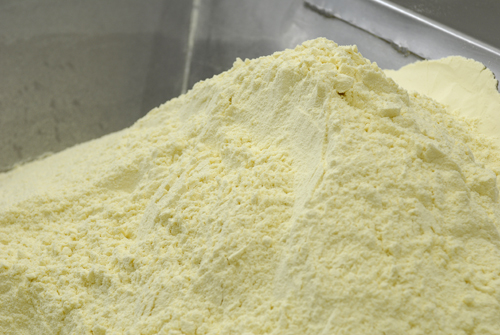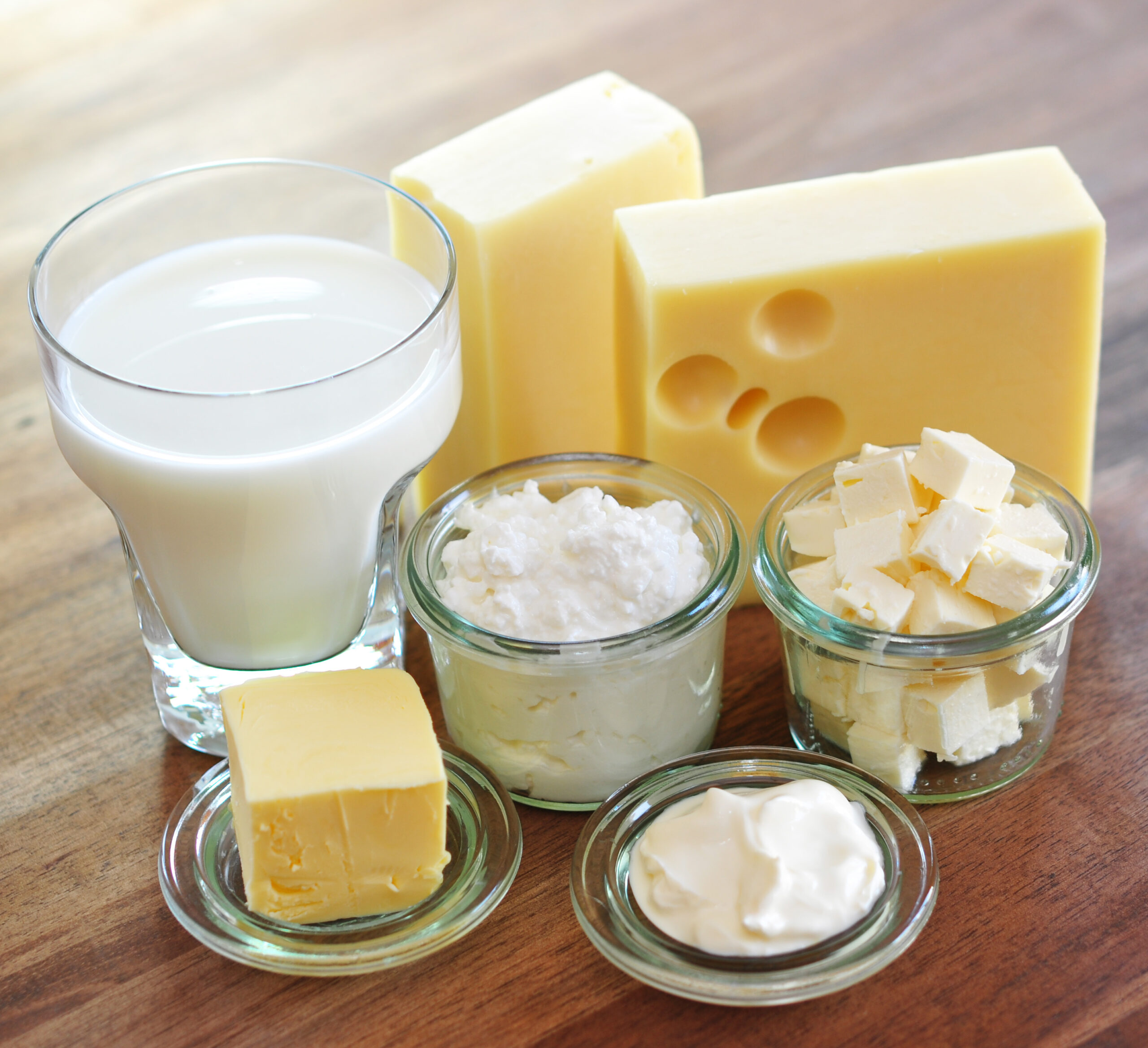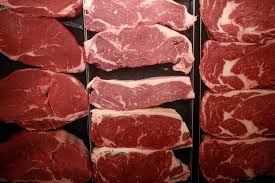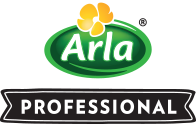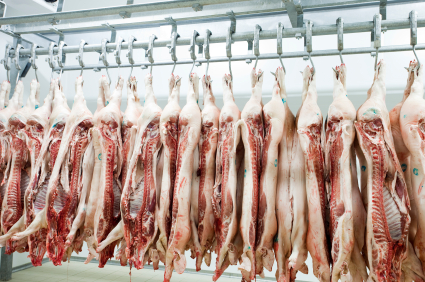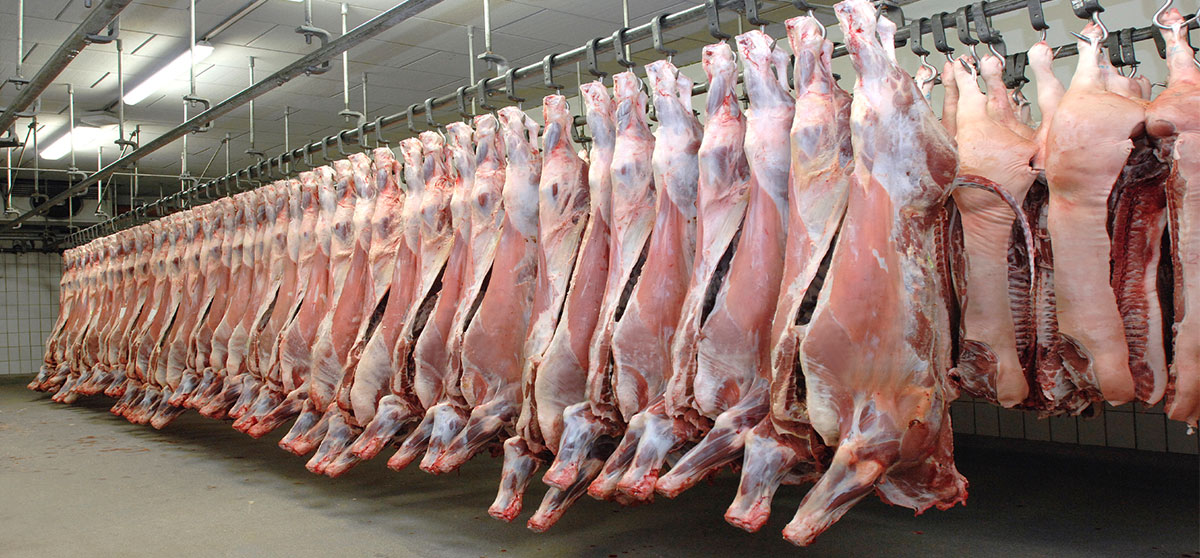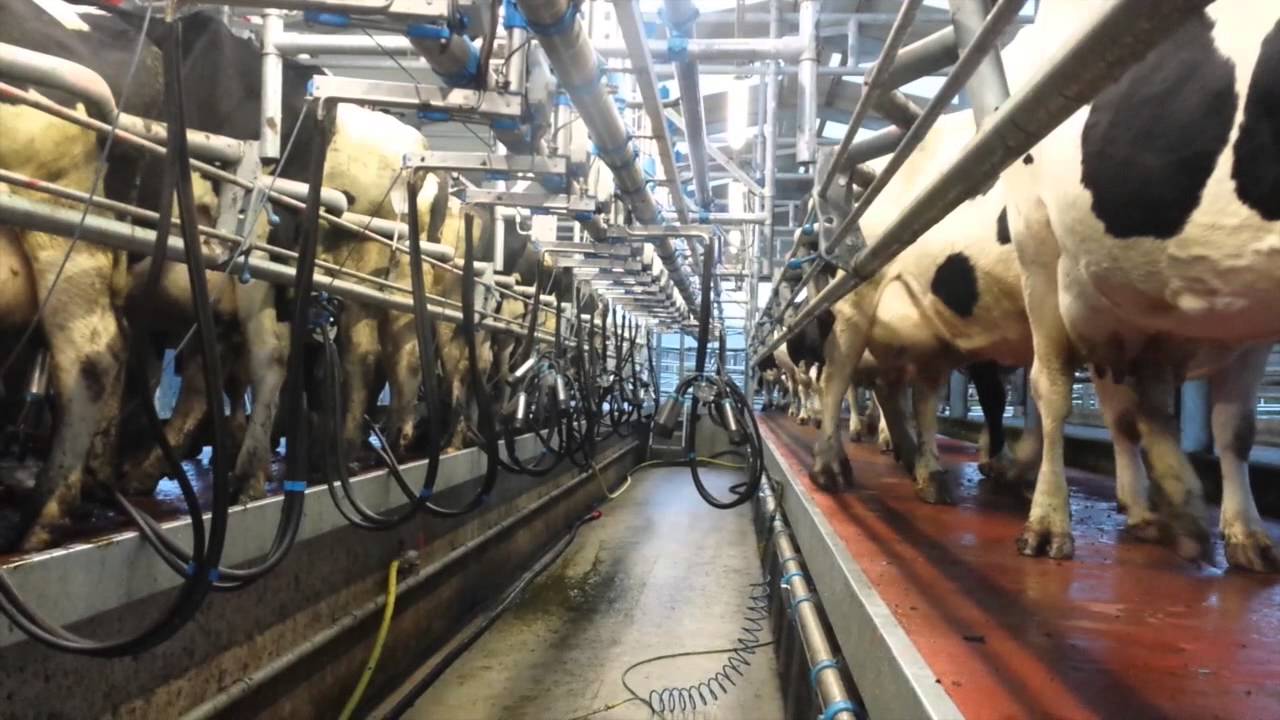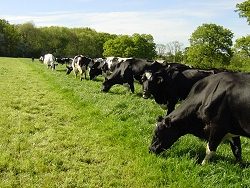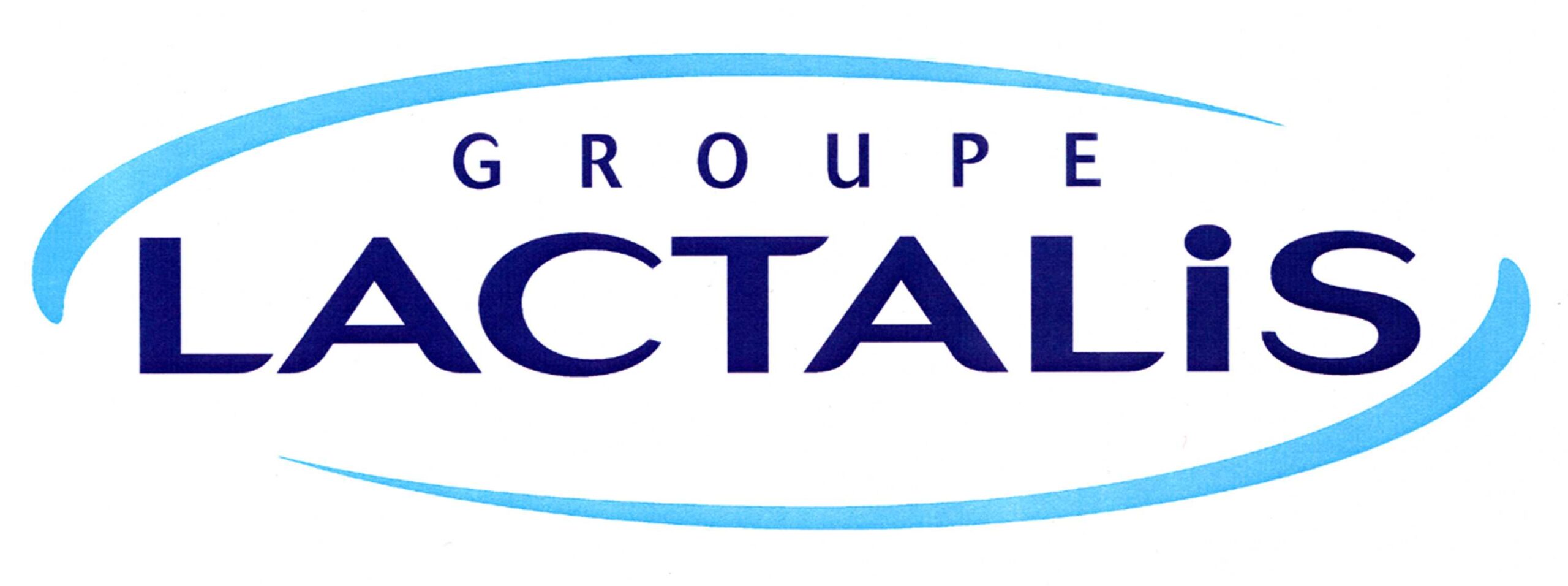Cattle
Prime cattle prices saw a rise in November as processors geared up for the Christmas procurement period. There was a drop at the beginning of December, after which prices remained steady for the rest of the month. January, however, has seen deadweight prices fall quite sharply week-on-week; even so they are still above the previous year’s. For the week ending 20th January the average deadweight all steer price stood at 358.8p per kg, some 2.3p per kg lower on the week but still 8p per kg better than a year earlier. Estimated slaughterings are up by 4.3% on the week. Supply is said to currently be ahead of demand putting pressure on prices. Prime beef supplies in 2018 are forecast to be higher than 2017, which unless demand also rises we could see prices ease further.
In contrast to prime cattle, prices for cull cows have seen a week-on-week increase. The all-cow price for the week ending 20th January is 240p per kg, some 23.2p per kg more than the same week in 2017. This could just be a ‘blip’, but demand for manufacturing beef remains strong both domestically and on the continent and should therefore help to support the price.
Sheep
The deadweight lamb price has started the year well, with the average SQQ for the week ending 20th January standing at 413p per kg, some 2.2p per kg up on the week and 34.1p per kg higher than for the same week last year. In 2017, prices fell throughout January, where as this year the lamb price started the year higher and has steadily increased throughout the month. Slaughterings are also estimated to be ahead of last year, suggesting demand for sheep meat is currently strong.
Revised Slaughter Figures
According to the latest DEFRA figures, year-on-year UK beef and veal production was down by 5% in December, to 68,000 tonnes. This brings the total beef and veal production for 2017 to 901,600 tonnes, a decrease of 1% compared to year earlier levels. However the reduction was expected to be more significant, but in DEFRA’s latest statistical release it has revised the production upwards for each of the months from August to November, a total increase of 8%. And, with an 18% drop in production between November and December, and a 5% year-on-year fall, it is possible the December figures could also see a revision upwards.
A similar revision has also been made to the sheep meat figures. If we look at the number of lambs slaughtered, this sees the numbers between August and November increasing by 10% in the latest release. Meaning the carry over of lambs into 2018, although still significant, it is not quite as much as first thought.
Pig Meat
2017 proved to be an exceptional year for pig producers. After a number of years of poor prices the SPP reached a historic high of 164.75p per kg in July, with record margins margins also being achieved in quarter 3. But price rises were due in the main, to a fall in supply, both domestically and across the EU and not due to an increase in demand. Consequently as supplies have increased in the second half of the year, prices have also fallen. In addition, AHDB forecasts, domestic production to continue to rise in 2018 and we may also see a recovery in the EU. If this is the case, similar to beef, an increase in demand will be required to support prices during the coming year.
For the week ending 20th January, the EU-spec SPP halted its 21 weeks of declining pig prices, by climbing (marginally) by 0.03p per kg. But with ample supplies it seems unlikely that this ‘stabilisation’ will remain for any length of time.
